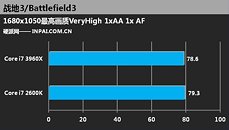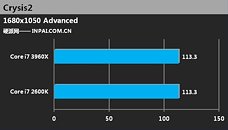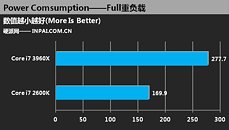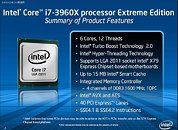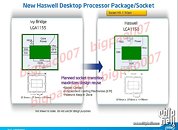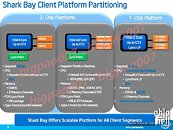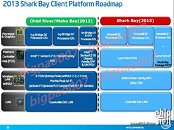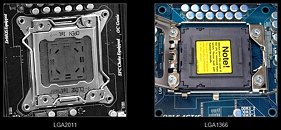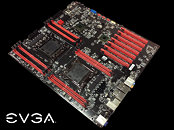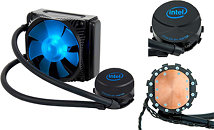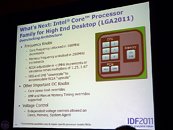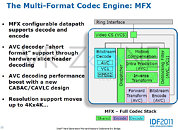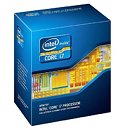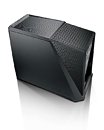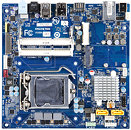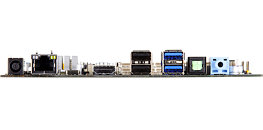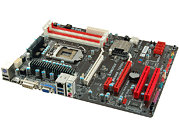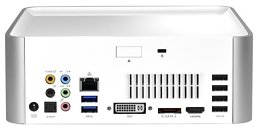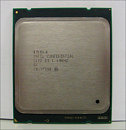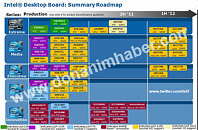Digital Storm Pushes ODE to the Next Level with Sandy Bridge-E
Digital Storm, the predominant name in computer system integration and engineering, proudly announces the flagship system in its award-winning line of ODE gaming computers - ODE Level 4. This new system takes the pre-built and fully customized concept to the next level by integrating Intel's X79 chipset, Core i7 3930K six-core CPU, and overclocking it to 4.6GHz. ODE Level 4 gaming PCs are packed with lightning fast components that have been optimized to deliver unparalleled performance, while not breaking the bank.
Based on Intel's X79 chipset, ODE Level 4 boasts blazing fast speed that creates unrivalled gameplay. Digital Storm engineers have also taken advantage of the quad-channel memory controller on the new X79 chipset by designing a luxurious 16GB configuration of DDR3 memory that delivers an even more responsive user experience. Additionally, a configuration of three NVIDIA GTX 570 1.2GB video cards, in triple SLI, generates fluid smooth graphics, creating an immersive gaming experience.
Based on Intel's X79 chipset, ODE Level 4 boasts blazing fast speed that creates unrivalled gameplay. Digital Storm engineers have also taken advantage of the quad-channel memory controller on the new X79 chipset by designing a luxurious 16GB configuration of DDR3 memory that delivers an even more responsive user experience. Additionally, a configuration of three NVIDIA GTX 570 1.2GB video cards, in triple SLI, generates fluid smooth graphics, creating an immersive gaming experience.



